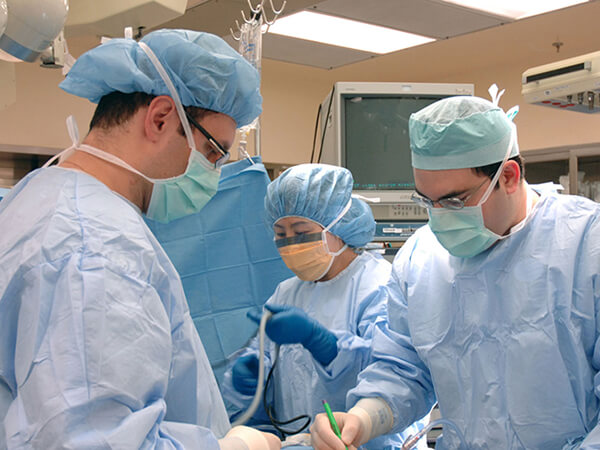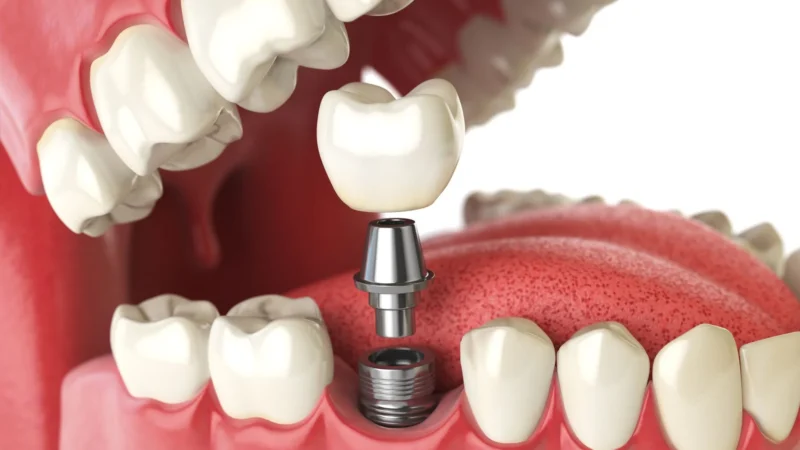Variations Between Cord Bloodstream stream Storage and DNA

Many parents-to-be consider banking their baby’s umbilical cord bloodstream stream since it contains stem cells. These cells offer the possiblity to metamorphose into every other cell within your body. This ability is beneficial when the child ever develops certain existence-threatening disease, for example sickle cell anemia, lymphoma or leukemia. However, they may be incompetent at protecting them or addressing other cancers or age-related illnesses.

Storing Umbilical Cord Bloodstream stream
A process extracts bloodstream stream inside the umbilical cord at birth, that’s then stored. This bloodstream stream is wealthy in stem cells and may eventually participate treatment when the child is suffering from certain illnesses. However, during labor, furthermore, there’s a increased chance of maternal DNA contaminating the cord bloodstream stream. Because of its metamorphosing characteristics, stem cells may also aid tissue, organ, and circulatory repairs. In addition to umbilical cords, these cells can also be situated in fetal tissue, baby teeth, circulating bloodstream stream, bone marrow, etc. Really, every area of the body contains stem cells however, most sources don’t contain concentrations wealthy enough for medical harvesting.
Cord bloodstream stream stem cells are really used effectively to handle over 70 different illnesses, including some cancers, bloodstream stream disorders, and immune deficiencies. Of individuals the weather is leukemia, aplastic anemia, thalassemia, Hodgkin’s disease, and non-Hodgkin’s lymphoma. Cord bloodstream stream transplants can also be acquainted with treat rare, otherwise-fatal metabolic disorders for example Krabbe disease and Sanfilippo syndrome.
Stem cells cannot be considered magic potions though along with the current options of curing genetic illnesses are restricted. Identical genetic markers exist in the youngsters cord bloodstream stream and the human body, meaning an immediate transplant won’t deliver unaffected, helpful cells. Cord bloodstream stream can every so often aid a sister who is suffering from genetic condition that doesn’t personalize the donor. Regrettably, brothers and sisters and brothers and sisters share only a 25-percent possibility of being viable matches, with less possibility of a kid obtaining the chance to give to oldsters.
Despite these challenges, nobody is debating that cord bloodstream stream cells are incompetent to save lives. Experts while using the Institute of medicine have noticed that 6,000 from 20,000 lives were saved with umbilical cord bloodstream stream. However, several of these people received existence-saving treatment with bone marrow transplants rather while using National Marrow Donor Program.

People also needs to take into consideration it’s highly unlikely their babies opportunity require stored cord bloodstream stream. Using the journal Obstetrics and Gynecology, there’s only a 1 inch 2,700 manage a crook opportunity employ this material for disease treatment.
Finally, individually banking a baby’s umbilical cord bloodstream stream is costly. For example, it is near to $2,000 to keep cord bloodstream stream for the newbie alone. Public storage, making the cord bloodstream stream available employing a national registry similar to bone marrow, is unquestionably another. The donor incurs cost-free and families could request a transplant when the donation hasn’t recently been used. Freely donated cord bloodstream stream helps many people, but number of U.S. hospitals positively collect and store it. For moms and dads, the selection isn’t between private and public banking. The selection is between private banking and eliminating the bloodstream stream outright.







